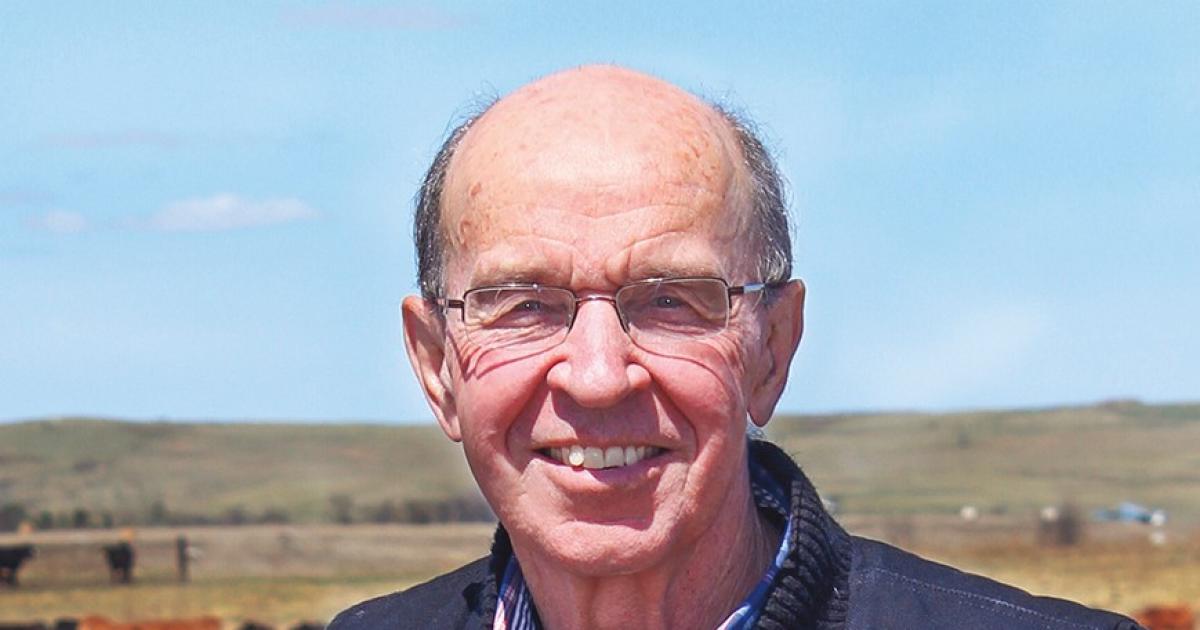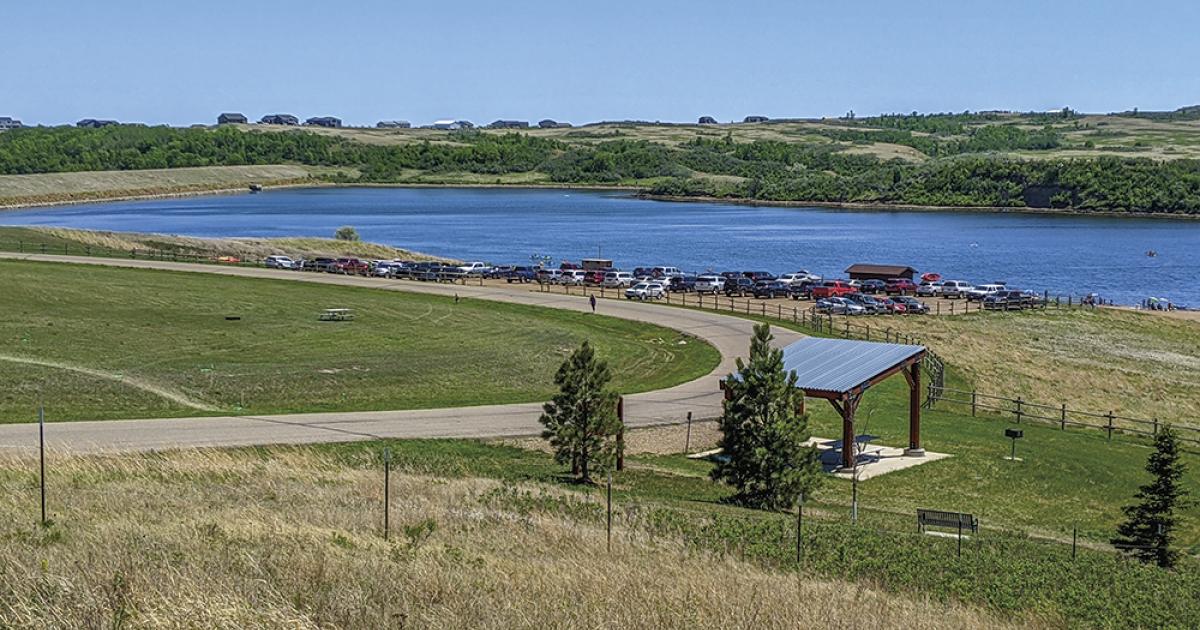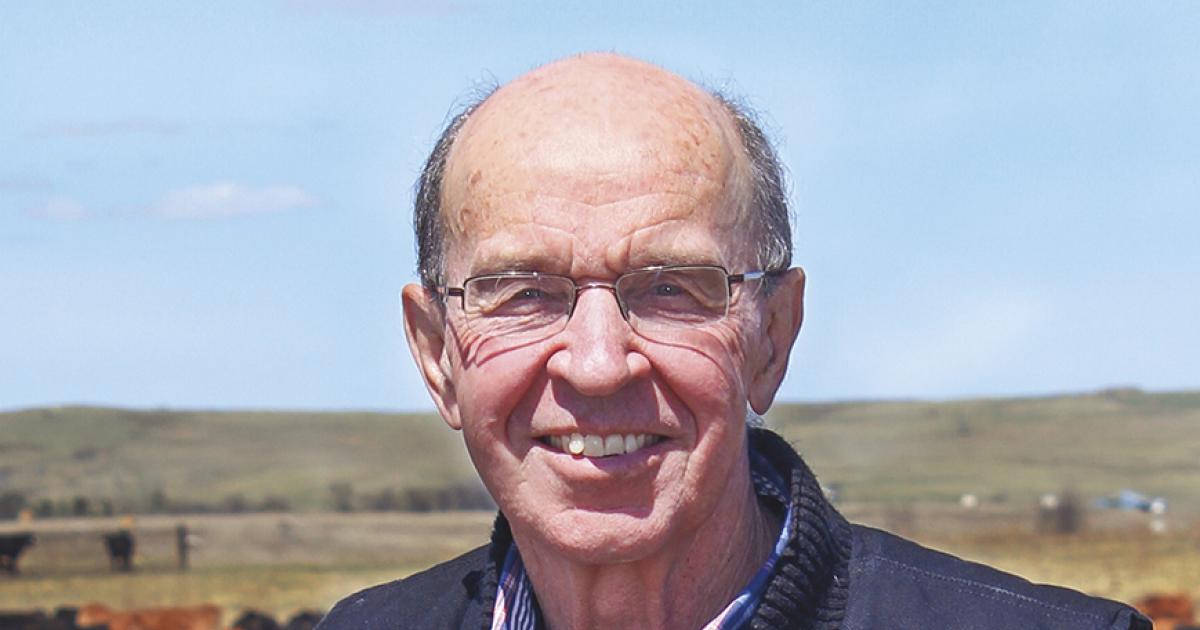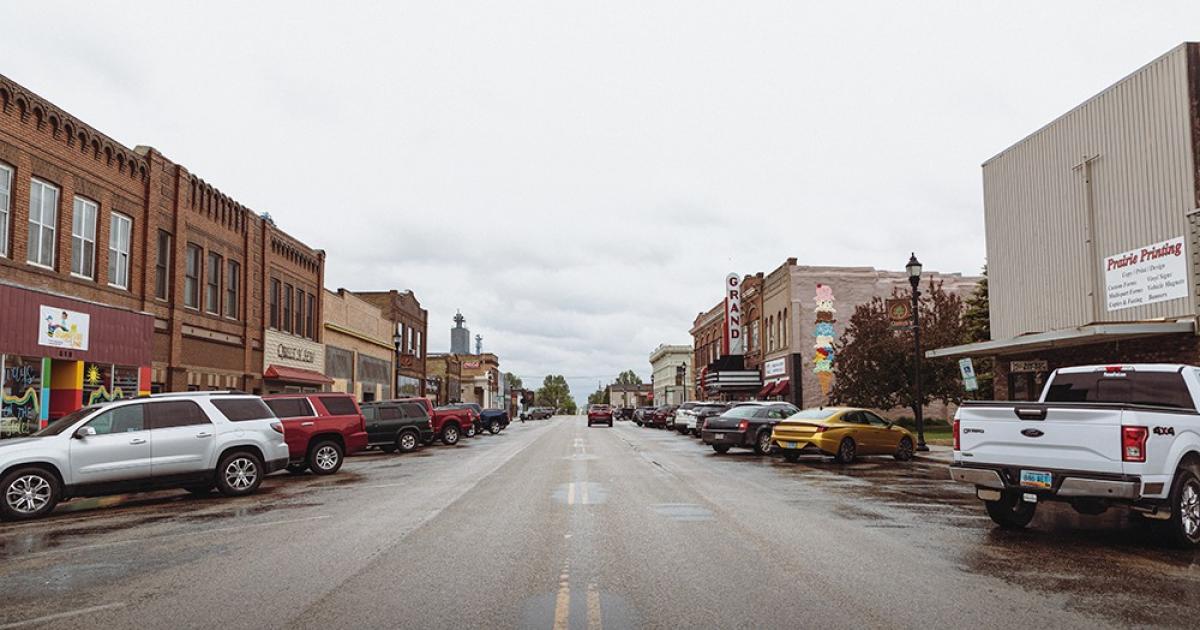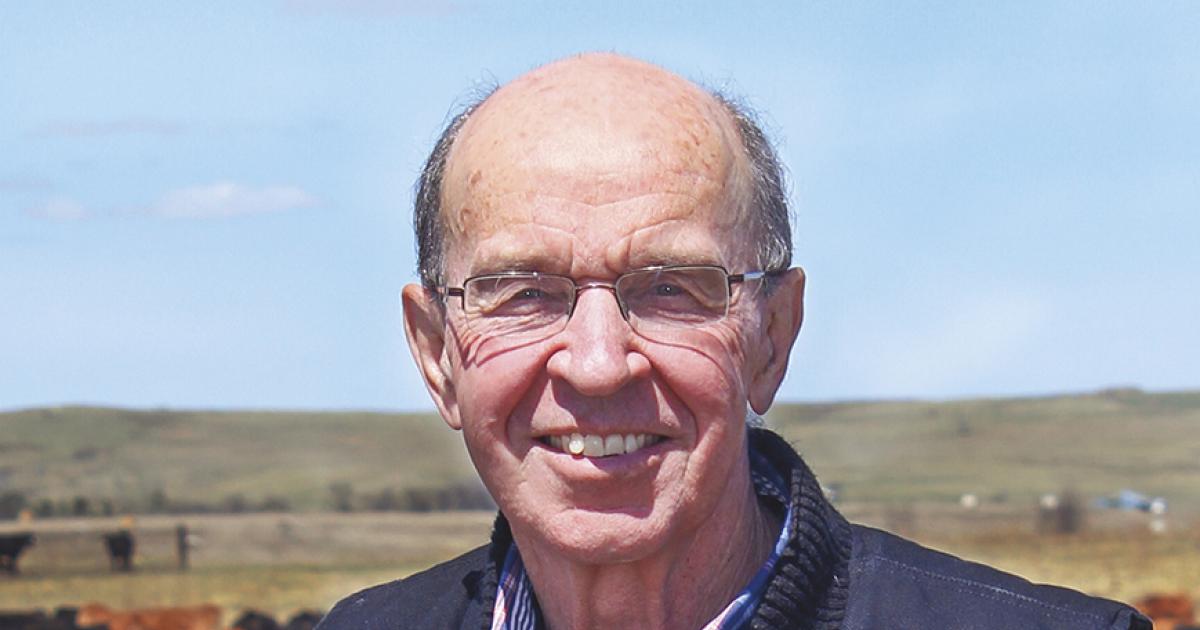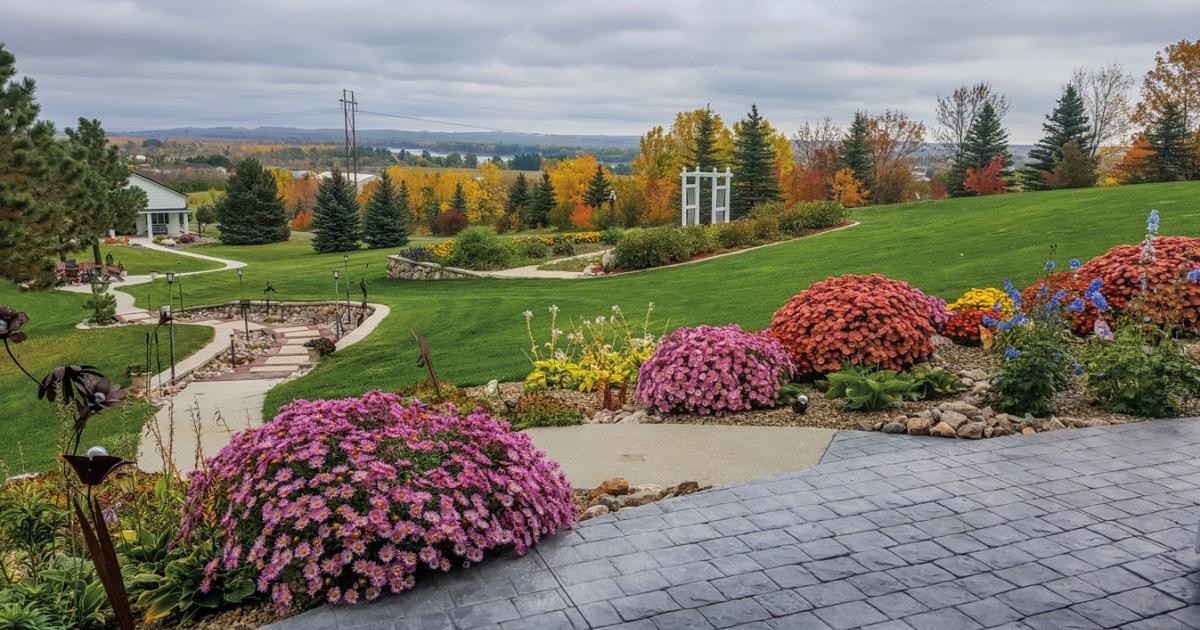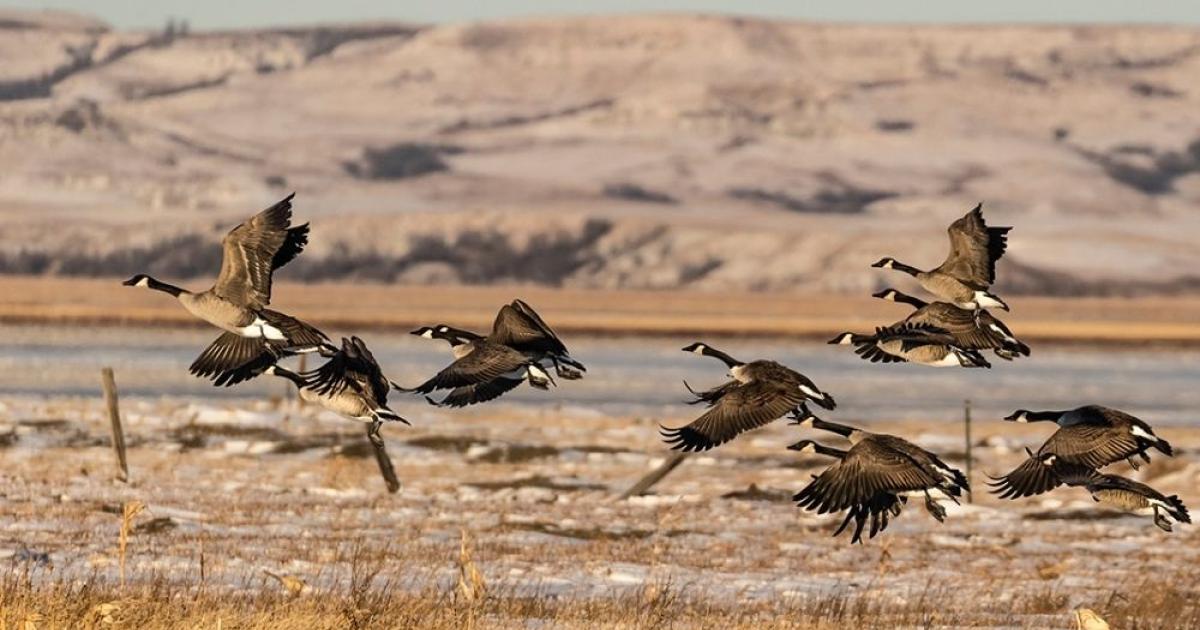When visitors entered the new North Dakota Heritage Center in the spring of 1981, one of the first things they saw was a large display about the state’s soil. And if they pushed a button on that display, they heard: “Our heritage is from the soil, the resource from which all others spring. The face of North Dakota agriculture today was shaped by the unique characteristics of the soil. On the eastern edge of the state, the rich, black soils of the Red River Valley lend themselves to intensive crop production. The glacial drift prairie, the pothole region, is more rolling. Small grains are raised here, but not as intensively. The Missouri Plateau is even more rolling, and here, there is more land left in native range, and more livestock. Finally, the Badlands, with most land in native grass. The soil has dictated diversity in North Dakota agriculture.”
Al Gustin
As part of a planning committee for the Heritage Center, I wrote and voiced that narrative.
The soil has dictated diversity in U.S. agriculture, too. Not long ago, I produced a TV report on a soils archive that exists, largely unknown, at the U.S. Department of Agriculture’s Northern Great Plains Research Lab at Mandan. There, in a small, unimposing brick building are 5,000 soil samples. Of them, 3,000 are from a study conducted in the late 1940s by Howard Haas, a researcher at the lab. Haas collected samples up and down the Great Plains, from Texas to North Dakota and Montana.
The samples were taken soon after the Dust Bowl of the 1930s, during which much of the Great Plains topsoil was literally blown away. So, the samples are of soils that were greatly degraded. But they provide a good baseline.
Some researchers are now accessing those samples to compare how soils tested at a particular site today compare with soils from that same location 70 years ago. Soils are obviously much better than they were then. Having these 3,000 samples gives scientists the ability to measure how much better.
Our soils have changed a lot from homesteading times, to the Dust Bowl to today. But to a large extent, they still dictate diversity in agriculture.
Al Gustin is a retired farm broadcaster, active rancher and a member of Mor-Gran-Sou Electric Cooperative.


